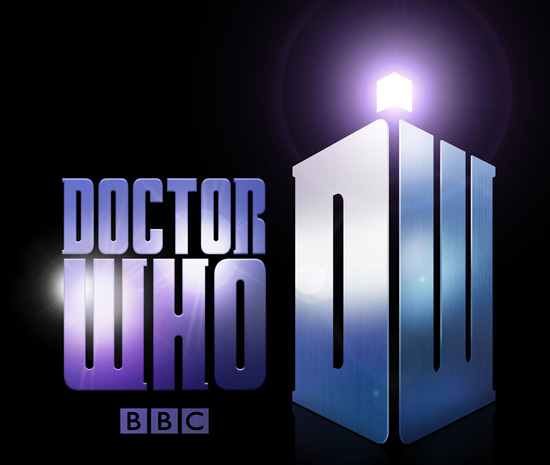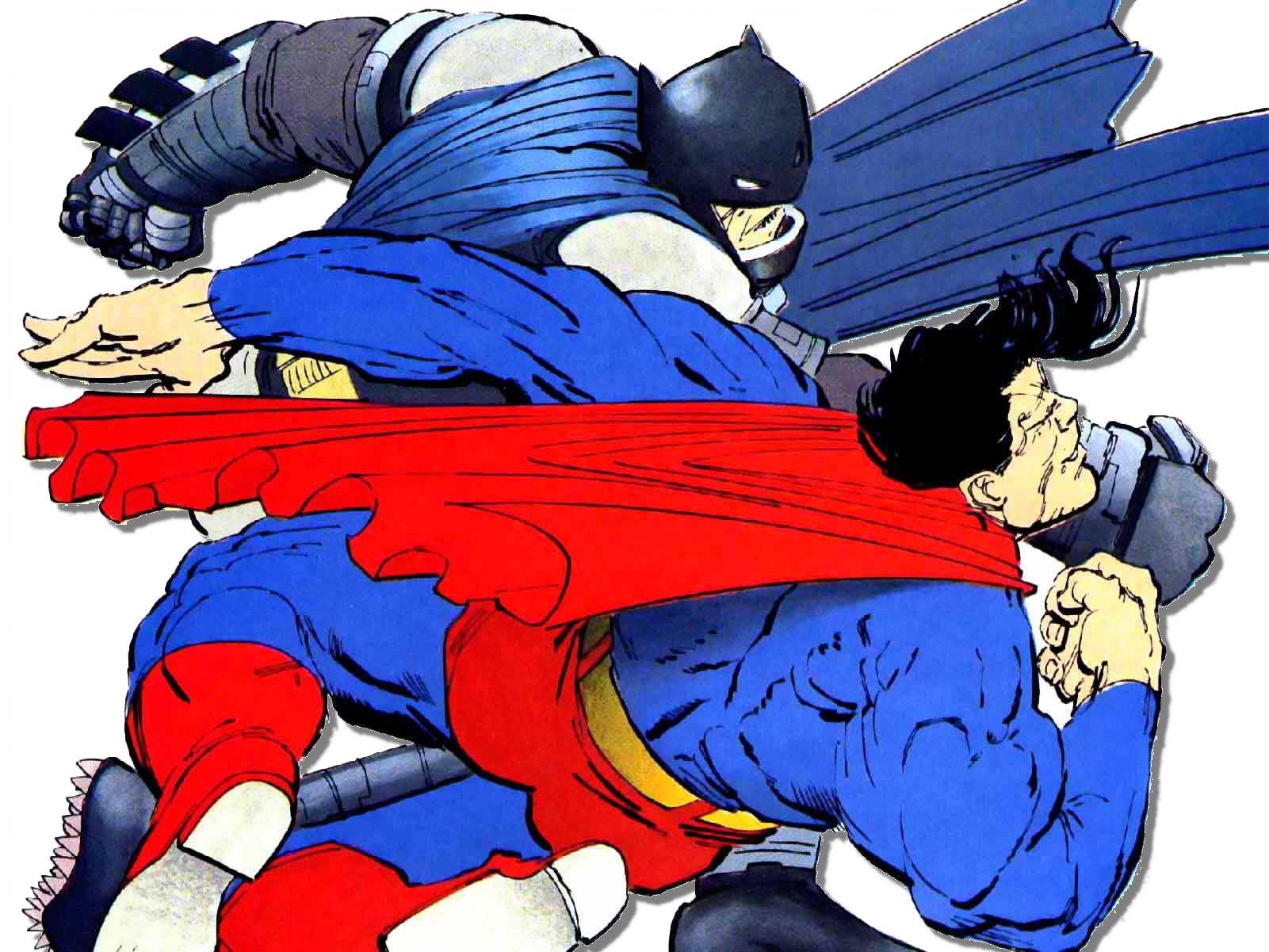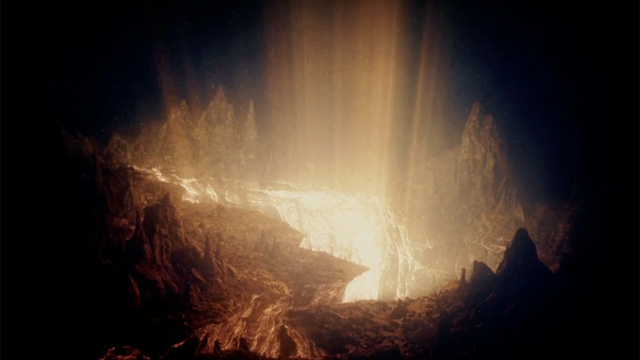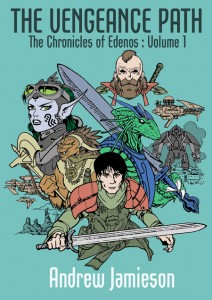
The Vengeance Path is an epic tale of war, politics and (of course) revenge that was released as a Kindle eBook on Amazon.co.uk at the beginning of July, by Edinburgh-based e-publisher Thistle In The Kiss. Since then it has been a regular presence in the Kindle top 100 Steampunk Bestseller list.
Blending high fantasy with a steampunk aesthetic, the book is the first volume in a larger series, The Chronicles of Edenos, which promises to be a spellbinding saga of truly epic proportions. So detailed is this exquisitely-rendered world of steam-powered sky-ships, exiled warrior monks and feuding imperial houses that it seems hard to believe it’s all the work of just one mind, but author Andrew Jamieson is the sole creator responsible for the world of Edenos and its many strange inhabitants. Geekzine UK caught up with him to ask a few questions about the book, and although Andy is actually the founder of the Geekzine itself, we promised not to go easy on him!
Geekzine: In The Vengeance Path, you’ve created a incredibly detailed world, with a fully-developed geography and political system. What came first in your creative process, the world or the story set within it?
Andrew Jamieson: It was an intertwined genesis, really, whereby one idea for the world would infuse a plot idea, for example. And likewise in reverse. Most noticeably, this is evident in the history of the various races; I needed to know a rough kind of background for each one so that the relevant characters in the story had some sort of gravitas and motivation. The Nuscanni, for example, are near-extinct, and the Azanarii and the Nazvishii have almost annihilated the other in ancient wars way before The Vengeance Path begins. Take the character of Gorthrel; he has quite a complex backstory that involves mixed heritage, a corrupt order of elite knights, and a period of exile. Also, creating the various aristocratic family Houses was an enjoyable process, and I wrote pages of character names and backstories in preparation for The Vengeance Path. All invaluable stuff. I think with any good fantasy ‘epic’ there is a sense that you, the reader, are getting a glimpse inside a much larger world.
GZ: So-called fantasy literature, from Tolkien to George R.R. Martin, usually takes as its setting an analogue of medieval Europe. Was your decision to give the story more of a steampunk flavour a conscious move away from the conventions of the genre?
AJ: My biggest gripe (and it’s not that big really) against the genre of fantasy, which I love deeply, is that it seems to be the accepted norm to have said yarn set in an anywhere kind of limbo, Westeros, for example, or the Forgotten Realms, or any number of fantasy locales. I think it is very rare to see heroic fantasy stories that have a fixed, grounded setting. Robert E. Howard’s Hyborean Age (Conan’s backdrop) comes to mind, Tolkien’s Middle Earth slightly less so. With The Vengeance Path I was adamant that it would be set in our timeline, albeit far in the future on an alien world, and that there would be some sort of backstory to explain humanity’s presence on the planet of Edenos. The steampunk element evolved over the course of the book, from when I settled upon the timeframe setting (1861 – no accidental date, history lovers) which ultimately decided and infused the weaponry and technology that would be available in the society of the Hattavahn Empire.
GZ: Presumably such an epic story has been years in the making. How long would you say that you’d been working on the book prior to publication, and did you make any major revisions of the story in that time?
AJ: I finished the first draft in the summer of 2009. I first started making notes on it back in the late nineties whilst at university. It was and is my dream project – but it took me a long time to feel confident to actually take it on. I wrote another book first, which was essentially my way of proving to myself that I could actually write a whole novel, as opposed to just starting various ideas and then abandoning them. That first novel is a lot of cobblers for the most part, but has enough that I like about it for me to want to revisit it at some point. I began work proper on The Vengeance Path in the summer of 2008. Throughout 2009 to 2012 I tinkered with it endlessly, as I continued to send it out to agents and publishers, with no success. Then when Thistle In The Kiss offered me a contract in August 2012, The Vengeance Path, with some rather excellent suggested edits by my publisher, underwent another massive edit, with a whole new beginning. So, on and off, it took about 13 to 15 years to finish The Vengeance Path – and it was only really about three years of consistent writing on the book itself, for the rest of that time it was a case of collating notes and ideas as they came to me, as well as working on lots of other projects that never came to anything.
GZ: The Vengeance Path has quite a complex narrative, featuring many different characters and locations. Did you find it challenging to keep track of where the story was going?
AJ: YES. But it was a fun challenge. The framework developed as I went along. There are approximately three plot strands; that of young hero, Kern Yulano, that of his exiled uncle, warrior-monk, Nessan Yulano, and another strand that encompasses various supporting characters involved in the major workings of the plot. It took a while for me to get a handle on the structure to optimise the effectiveness of these three strands, and I have to thank my publisher in some part for helping with this.
GZ: There are many weird and wonderful names featured in the book, such as Learto Rigortan and Nessan Yulano. Did you model the names of places and people on any particular language or languages?
AJ: I wanted to give the impression that the world of Edenos was a melting pot of culture and history. I was very clear that I wanted the natives of Edenos (being the Azanarii, Nazvishii, Nuscanni, Tynisians, and Morichredians) to be very distinctly different from the human ‘immigrants’. As such, with the human characters, I aimed to give them a smattering of mixed ethnicity; taking liberally from European and Asian names, for example, but giving them a twist. I wanted to create interesting ‘sounds’ with the names throughout the book, that would intrigue a reader. I love names and the art of naming, and I think this shines through.
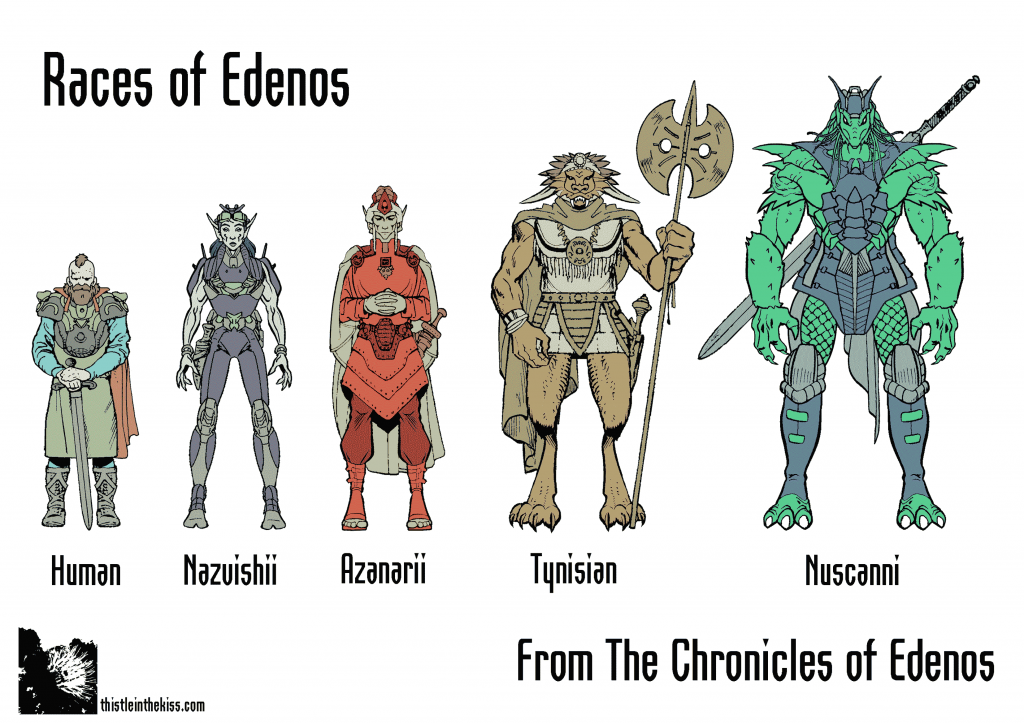
The various races of the world of Edenos
GZ: Who or what would you say are the biggest influences on your writing? Do some of your influences come from other media, like film or art?
AJ: Gosh. Well, how does one go about wanting to become a writer? It is quite simply the urge to tell stories, to use your imagination in an artistic way. I was a voracious reader from an early age (I have fond memories of trips to Mickleover Village Library) and had a go at writing stories throughout my school years. In my teens I thought I wanted to be a visual artist in some way, and trained and worked as an animator very briefly before returning back to the idea of being a writer in my late teens. I take inspiration and influence from lots of areas; history (particularly ancient and medieval), art, language, religion, music, film, TV, and so on. The world is so rich with cool stuff that it cannot fail to spark the hungry mind.
More directly, the fantasy writers I loved reading when I was a youngster, varying from classics like Tolkien’s works (I used to be obsessed with The Hobbit and Lord Of The Rings as a nerdy kid), and Greek myths and legends, through to the more pulpy Ian Livingstone/Steve Jackson variety (the Fighting Fantasy choose-your-own-adventure books), and RA Salvatore (the Forgotten Realms stalwart, of the Icewind Dale Trilogy fame), fired up my love of fantasy. As a developing writer throughout my late teens and twenties, I really enjoyed the books of Neil Gaiman and Clive Barker – two incredibly inventive writers who reinvigorated the notion of fantasy literature. American Gods and Weaveworld stand as two of the greatest books ever written. I think I am a very visual writer and film and TV inspires me very much. My favourite film is the Japanese anime, Laputa: The Castle In The Sky, the first official Studio Ghibli film from director Hayao Miyazaki. He is one of my creative heroes, a truly remarkable artist. David Lynch’s Dune is my next favourite film, and from there I discovered Frank Herbert’s original novel, which is wonderfully rich in depth. Herbert really infused my love of the concept of a family ‘House’, a continuation of that very tribal instinct that possesses humans, that spans back throughout history; the House of Lancaster, for example.
As a writer, my favourite is Barry Gifford, an American noir writer, made famous by Wild At Heart, adapted by David Lynch into a sexy cult classic of a film. Gifford also collaborated with Lynch on Lost Highway (another fave and an incredibly adventurous enterprise in terms of narrative style). Gifford is an effortlessly good writer in a way I don’t think I am. He does not, and I doubt ever will, write fantasy of the heroic kind, but as a technician, his books have taught me a lot.
GZ: Two of the story’s protagonists, Kern and Pasea, are teenagers. Do you think the book (and the series) could be enjoyed by younger readers?
AJ: Yes. I wanted the book to have appeal of the ‘crossover’ variety, without being too obvious. More importantly, I think the best fantasy tales have a young, naive hero at their heart, who as the story develops, evolve into a hero by means of their experiences. Frodo Baggins/Harry Potter/Luke Skywalker etc. The classic hero ‘journey’, if you will. In The Vengeance Path, that is Kern Yulano. I also wanted a strong female character of a similar age to Kern (17). Pasea Michaelis is feisty and plucky but, like Kern, is a character in flux, who will develop further as each book goes on. Characters like Kern and Pasea I see as being a reader’s emotional in-road into the book, whereas the other plot strands navigated by Nessan Yulano, and Emperor Menethran, for example, I feel will give the reader a broader picture of this world I’ve created, and the stakes at play.
GZ: The use of interludes and excerpts from other texts does a lot to round out the world of The Vengeance Path, as does extra content like the short story The Skies of Apocalypse. Will we be seeing more additional content from the world of Edenos in the future?
AJ: There will be a number of shorter releases throughout the rest of 2013 (one novella plus a few shorts), culminating in book two of the Chronicles next spring, Children of War. My publisher has also created a ‘Vengeance Path App’ for Android, that has an interactive map (zoom in and out! Click on places for info!) plus an appendix of all things historical and cultural for the world of Edenos. This is a very exciting development and one that I think will really enrich a reader’s experience of The Chronicles of Edenos. It is also available FREE on Google Play.
GZ: What’s next for The Chronicles of Edenos?
AJ: I will be appearing at the Edinburgh International Book Festival this summer, which I am very excited to be involved with. I’ll be announcing the release of a top secret extra content Chronicles of Edenos novella at this event, so come along….
Andrew Jamieson will be appearing at the Edinburgh International Book Festival on Wednesday 14th August at 5pm, alongside fellow steampunk fantasist, Damien M Love. Tickets are available here.
The Vengeance Path is available now from Amazon.co.uk for £2.40.
Illustrations courtesy of the brilliant Culprit Tech Art.
